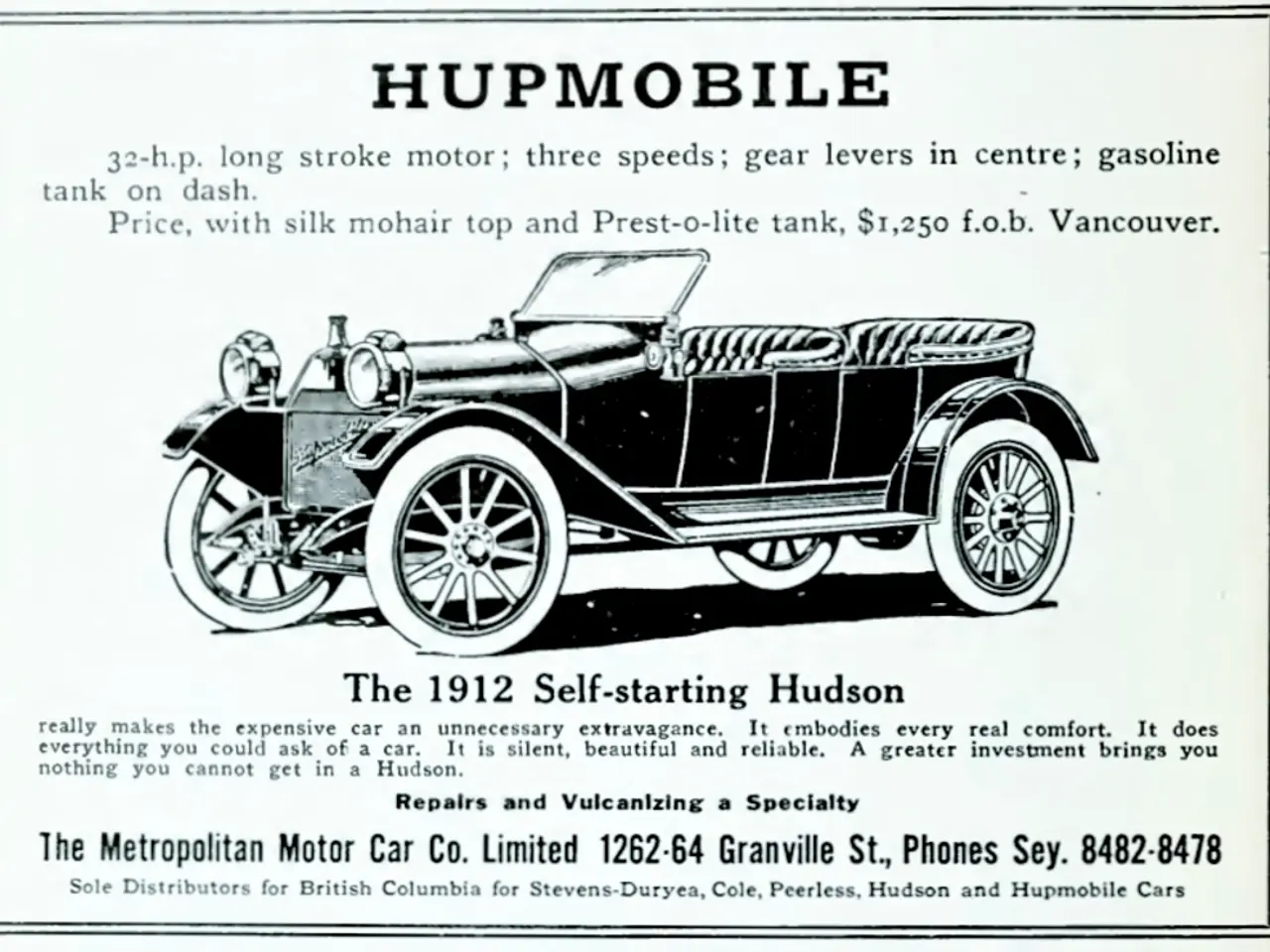Focus on Crafting for Functionality Over Commercialization
In the world of web design, Adobe Photoshop is a versatile tool that has found its way into many creative hands. However, it's essential to understand that Photoshop is not the ideal tool for designing a website.
When it comes to building a website's design in Photoshop, one team member with graphic design skills might be utilised, potentially wasting the creative talents of other team members. Instead, building the mockup in a browser allows for the demonstration of the website's functionality, not just its appearance.
The reason for this lies in the way browsers and Photoshop render images, fonts, and text. Browsers don't display content exactly the same way as Photoshop, which can lead to a design looking different in a browser. This discrepancy can result in issues that might not be visible in static design mock-ups. Building the website directly, instead of in Photoshop, can help identify these issues at an earlier stage of design.
It's important to design websites for usability rather than focusing solely on graphic design. Usability ensures that a website is not only visually appealing but also intuitive, easy to navigate, and functional. This approach leads to a positive and effective user experience, reducing user confusion, keeping visitors engaged longer, lowering bounce rates, and increasing conversions by prioritising accessibility and smooth interaction over mere aesthetics.
Testing designs in a browser before finalising them offers several advantages. Firstly, real-world validation shows how the design functions across different devices and screen sizes, ensuring responsiveness and mobile compatibility. Secondly, it helps detect navigation problems, layout inconsistencies, and performance issues that might not be visible in static design mock-ups. Thirdly, browser testing allows teams to compare live pages against initial design prototypes to ensure visual consistency and alignment with the design vision.
Early detection of issues before full production results in costly revisions post-launch, which can be avoided. Browser testing also improves development efficiency and helps ensure the website works well for all users, including those with disabilities, promoting inclusive design practices.
In summary, while graphic design focuses on appearance, usability design prioritises user needs and interaction quality, contributing more effectively to a website’s success. Browser testing is a critical step to validate these aspects under real conditions and prevent issues before going live.
Using Photoshop as a starting place can save time by allowing for quick idea generation without relying on other specialist packages. However, it's not efficient to spend years designing in Photoshop only to find issues with the website's functionality later. Photoshop is useful for quickly wireframing or sketching ideas and for compiling style guides or extensions later in the design process. But it's important to remember that the issue of responsive design, where the website's appearance may be affected on smaller screens, arises when designing in Photoshop and needs to be addressed separately.
In conclusion, while Photoshop is a powerful tool for creating graphics and supporting the design of a website, it's crucial to move towards building the website directly and testing designs in a browser to ensure a website is not just attractive but also practical and user-friendly before launch.
- To maximize the talent of a team, it's beneficial to use a browser for building the website's design, as this allows for demonstrating both the website's appearance and functionality.
- In the realm of website creation, it's essential to prioritize usability design over graphic design alone, ensuring a focus on user needs, intuitive navigation, and functional design for a positive user experience.




